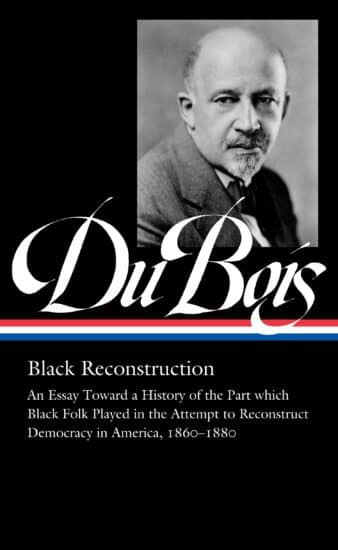 Upon publication in 1935, W. E. B. Du Bois’s now classic Black Reconstruction in America offered a revelatory new assessment of Reconstruction — and of U.S. democracy itself. One of the towering African American thinkers and activists of the twentieth century, Du Bois brought all his intellectual powers to bear on the nation’s post-Civil War era of political reorganization, a time when African American progress was met with a white supremacist backlash and ultimately yielded to the consolidation of the unjust social order of Jim Crow.
Upon publication in 1935, W. E. B. Du Bois’s now classic Black Reconstruction in America offered a revelatory new assessment of Reconstruction — and of U.S. democracy itself. One of the towering African American thinkers and activists of the twentieth century, Du Bois brought all his intellectual powers to bear on the nation’s post-Civil War era of political reorganization, a time when African American progress was met with a white supremacist backlash and ultimately yielded to the consolidation of the unjust social order of Jim Crow.
Black Reconstruction is a pioneering work of revisionist scholarship that, in the wake of the censorship of Du Bois’s characterization of Reconstruction by the Encyclopedia Britannica, was written to debunk influential historians whose racist ideas and emphases had disfigured the historical record.
“The chief witness in Reconstruction, the emancipated slave himself,” Du Bois argued, “has been almost barred from court. His written Reconstruction record has been largely destroyed and nearly always neglected.”
In setting the record straight Du Bois produced what co-editor Eric Foner has called an “indispensable book,” a magisterial work of detached scholarship that is also imbued with passionate outrage. [Publisher’s description]
This seems like a good time to share my semi-regular reminder that the final chapter of Du Bois’ Black Recontruction should be taught in every American history class.
— Clint Smith (@ClintSmithIII) April 17, 2018
Excerpts
“As negroes moved from unionism toward political action, white labor in the North not only moved in the opposite direction from political action to union organization, but also evolved the American Blindspot for the Negro and his problems. It lost interest and vital touch with Southern labor and acted as though the millions of laborers in the South did not exist.
Thus labor went into the great war of 1877 against Northern capitalists unsupported by the black man, and the black man went his way in the South to strengthen and consolidate his power, unsupported by Northern labor. Suppose for a moment that Northern labor had stopped the bargain of 1876 and maintained the power of the labor vote in the South; and suppose that the Negro with new and dawning consciousness of the demands of labor as differentiated from the demands of capitalists, had used his vote more specifically for the benefit of white labor, South and North?”
“How, After the war, triumphant industry in the North coupled with privilege and monopoly led an orgy of death that engulfed the nation and was the natural child of war; and how revolt against this anarchy became reaction against democracy, North and South, and delivered the lands into the hands of an organized monarchy of finance while it overthrew the attempt at a dictatorship of labor in the South.”
“How the freedman yearned to learn and know, and with the guiding hand of the Freedmen’s Bureau and the Northern school-marm, helped establish the Public School in the South and taught his own teachers in the New England college transplanted to the black South.”
“How the Civil War meant emancipation and how the black worker won the war by a general strike which transferred his labor from the Confederate planter to the Northern invader, in whose army lines workers began to be organized as a new labor force.”
ISBN: 978-1-59853-703-1 | Library of America via Penguin Random House
Video
Eric Foner and Henry Louis Gates Jr., editors of the new Library of America volume W. E. B. Du Bois: Black Reconstruction, joined Keeanga-Yamahtta Taylor, Professor of African American Studies at Princeton University, for an online discussion on November 18, 2021 about Du Bois’s groundbreaking 1935 study. Presented in partnership with the Schomburg Center for Research in Black Culture and the NYPL Center for Educators and Schools. Watch below.
Learn more in the Zinn Education Project national report, “Erasing the Black Freedom Struggle: How State Standards Fail to Teach the Truth About Reconstruction,” and find teaching resources on Reconstruction below.

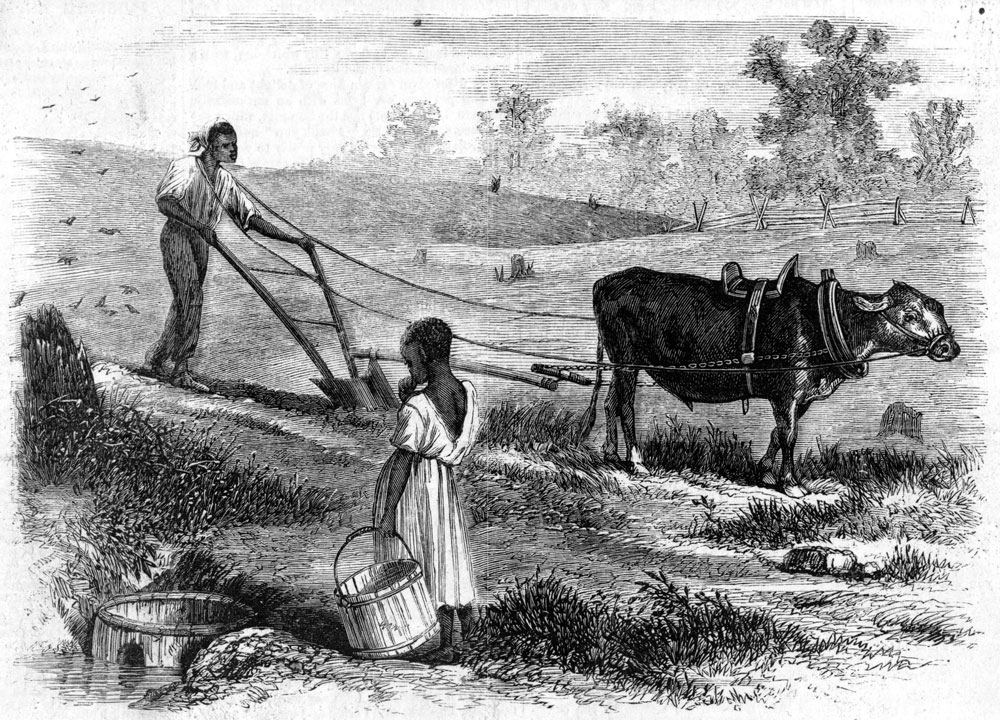
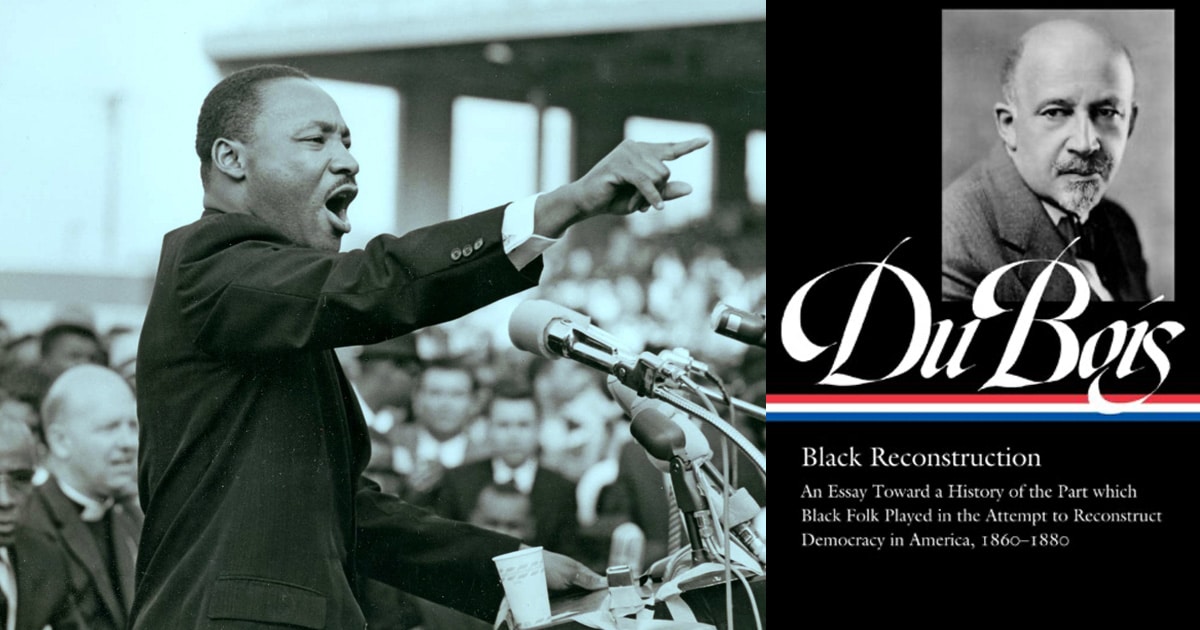

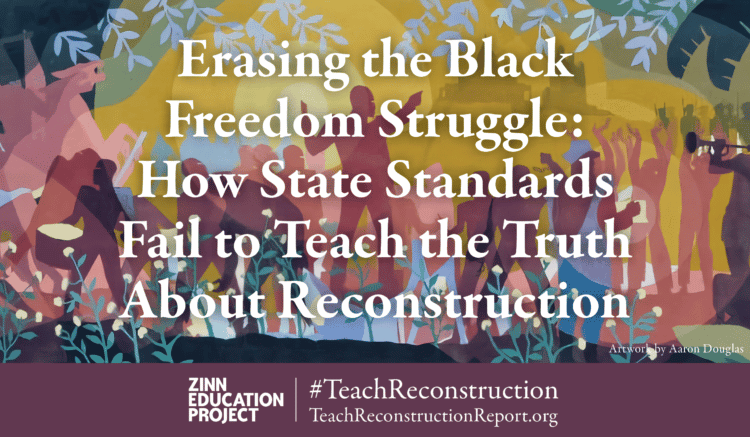
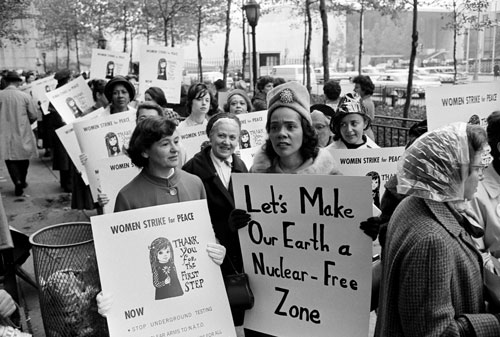
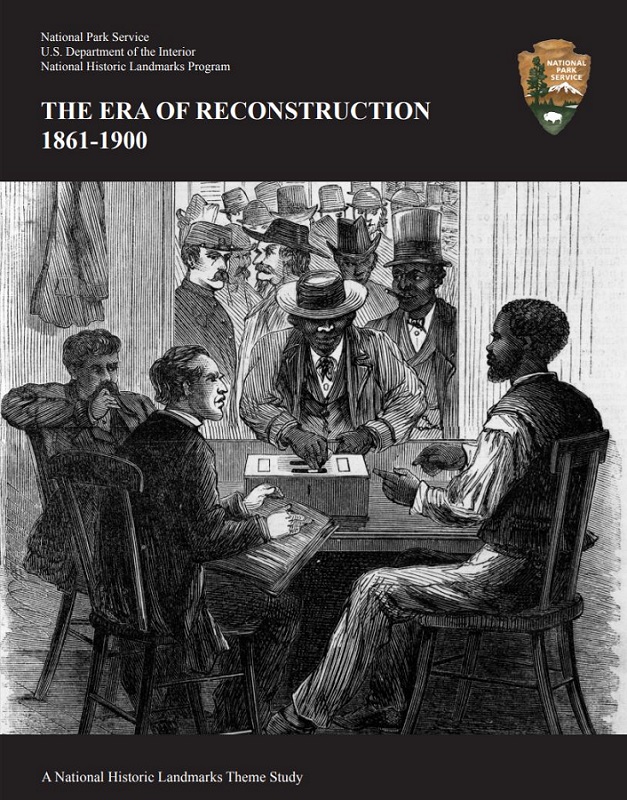
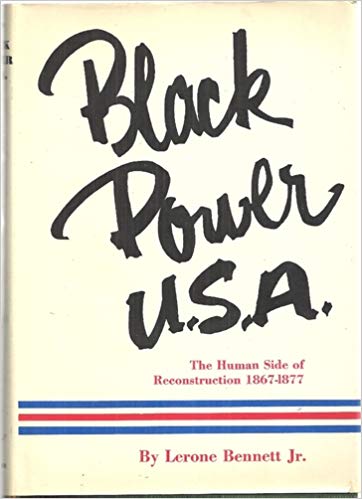
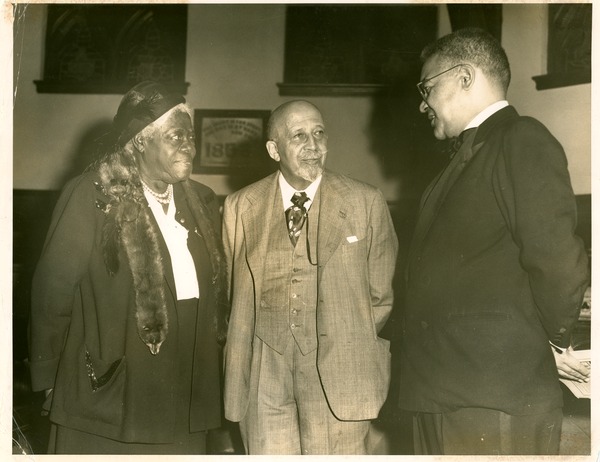
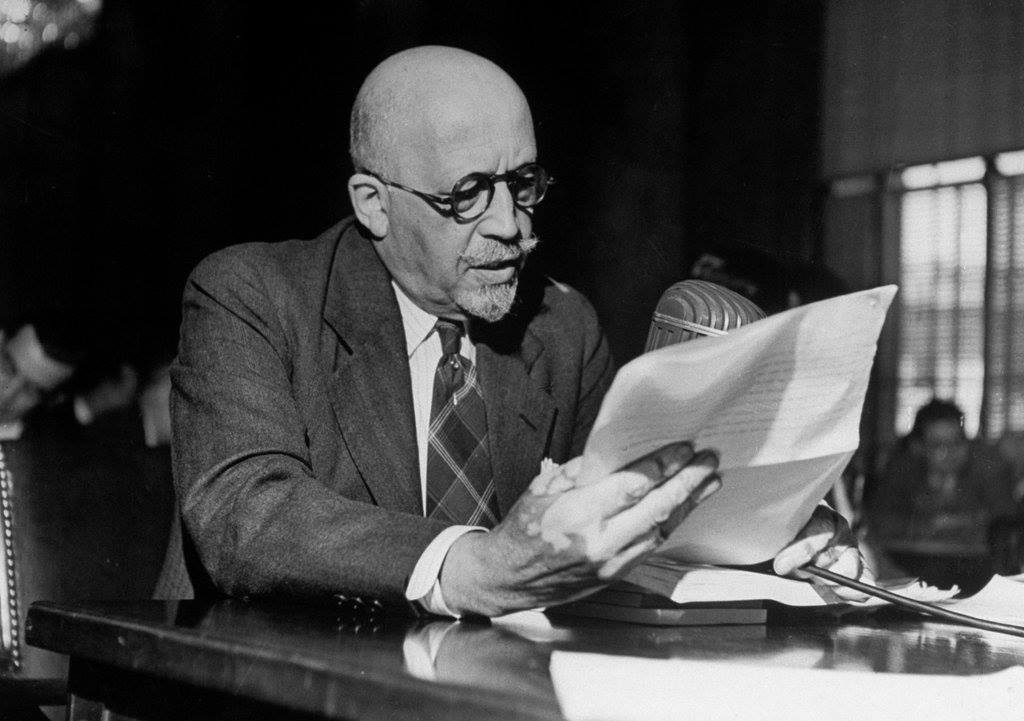






Twitter
Google plus
LinkedIn